Stroke A-Z
- 4 minute read
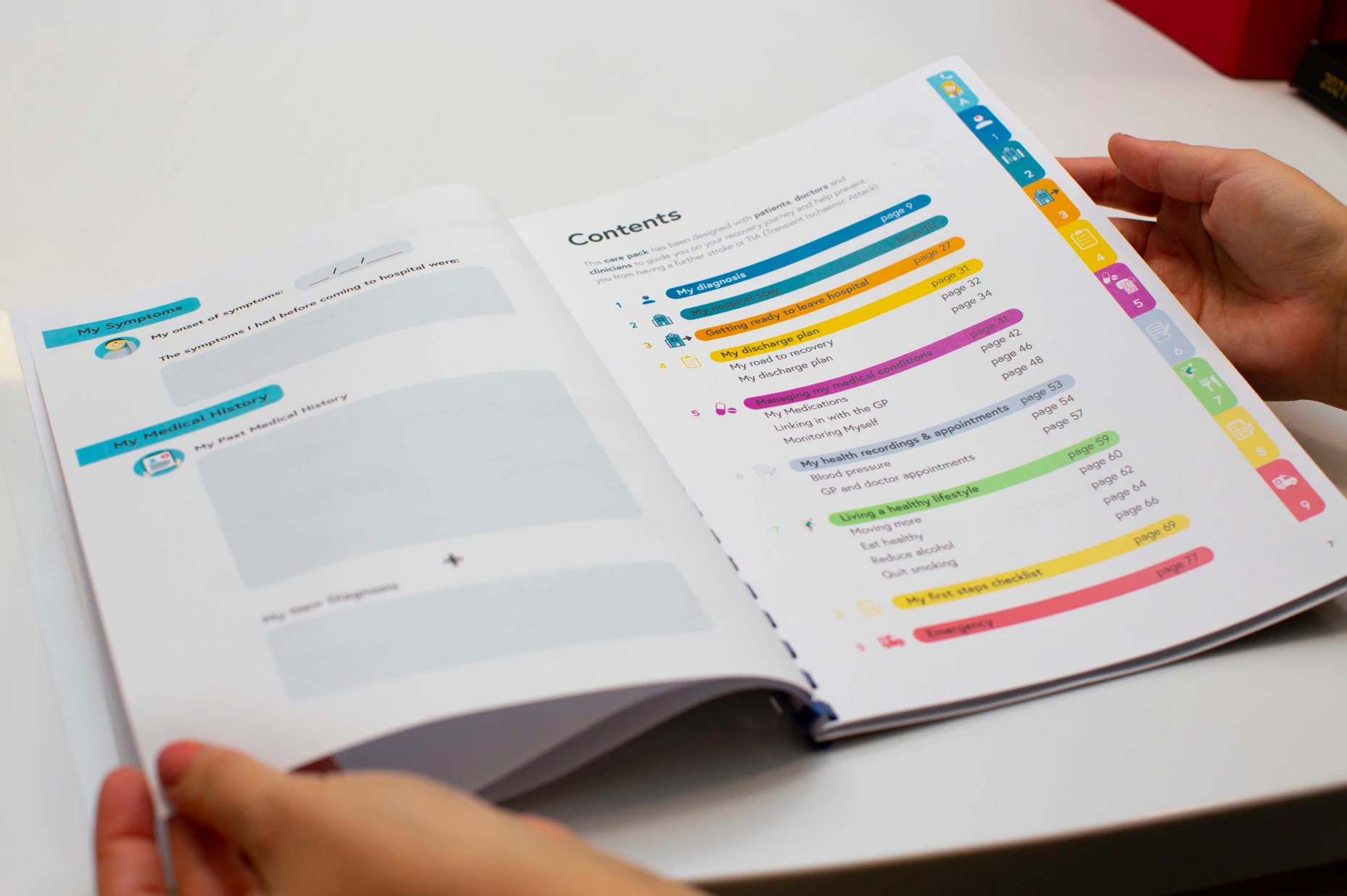
Aphasia / Dysphasia
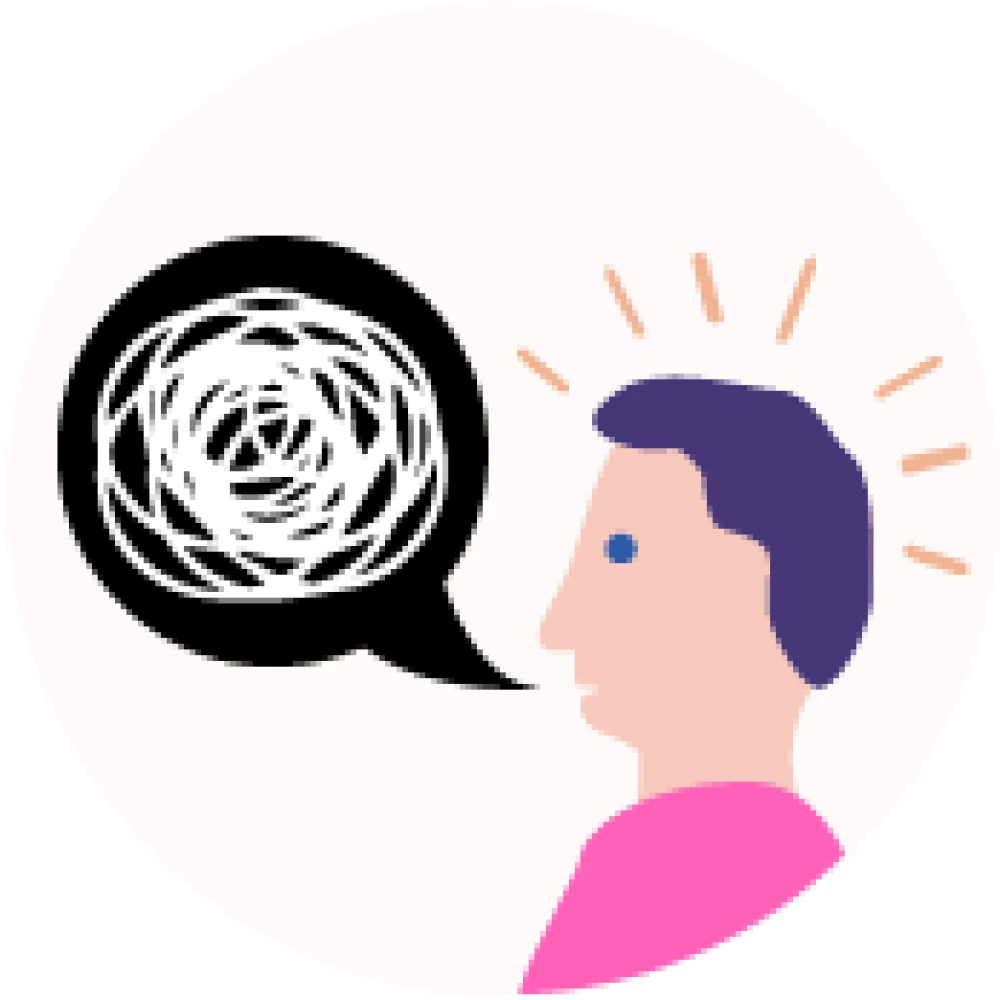
This is a difficulty expressing yourself through talking or understanding what is being said or written.
Aneurysm
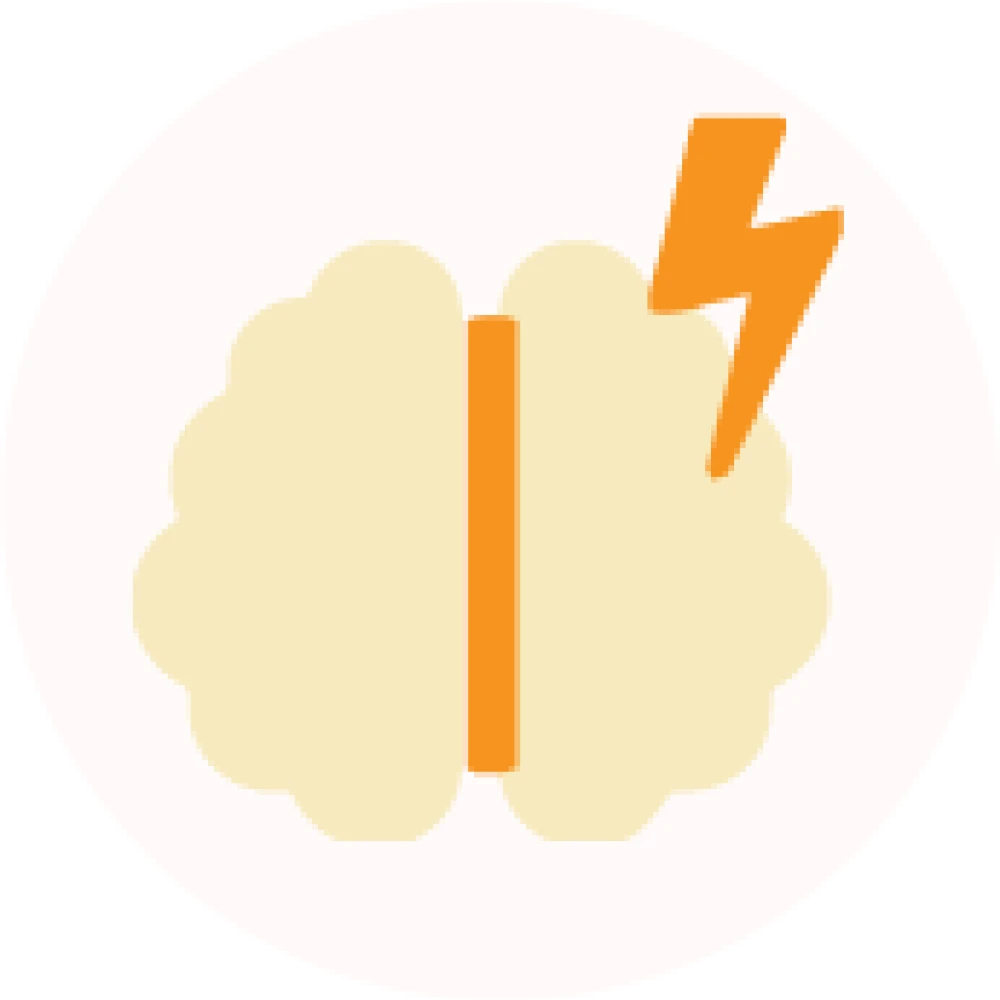
This is a bulge due to a weakness in a blood vessel wall. If an aneurysm bursts this can cause bleeding on or in the brain.
Atrial Fibrillation, AF or A-Fib
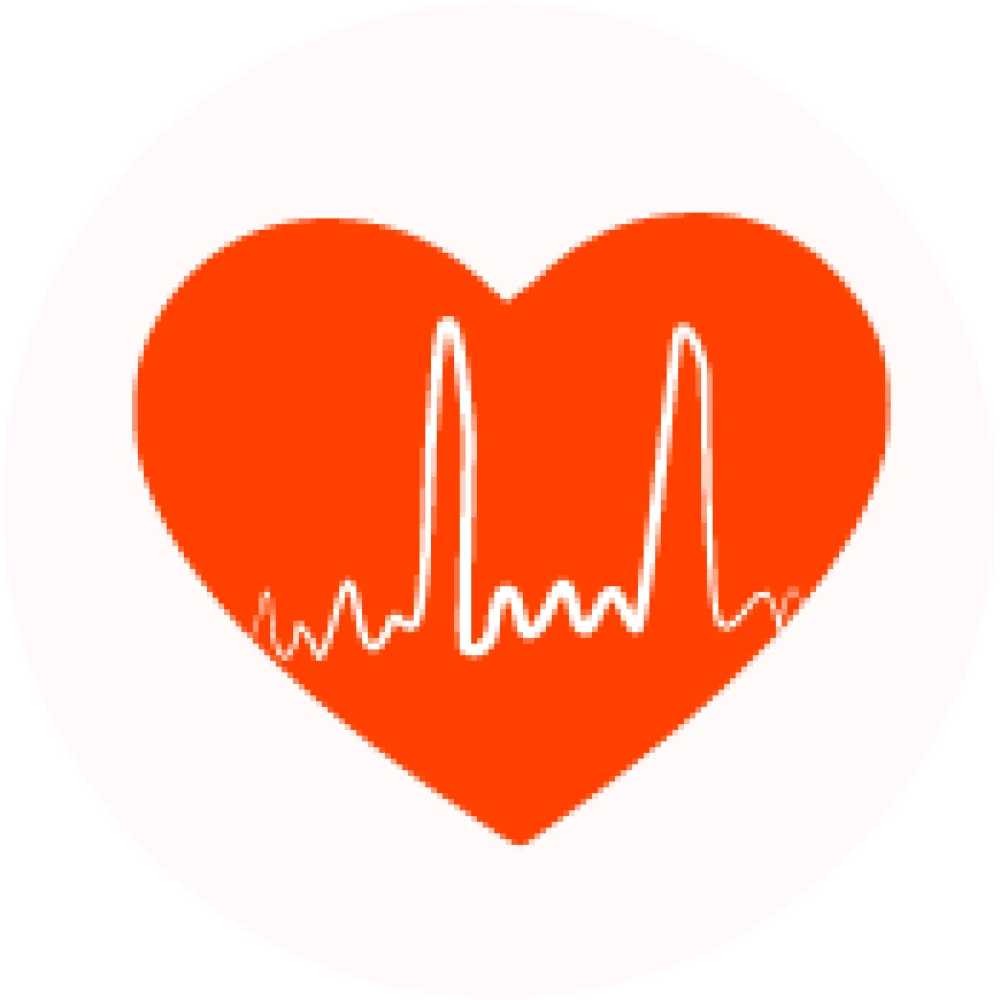
This is when one of the chambers of your heart (the atrium) moves irregularly. It can cause clots to form which can then travel to your brain causing a stroke. Blood thinning (anti-coagulant) medication can help prevent clots from forming. You may be asked to have a heart rhythm monitor test to see if you have Atrial Fibrillation.
Blood Pressure | Hypertension
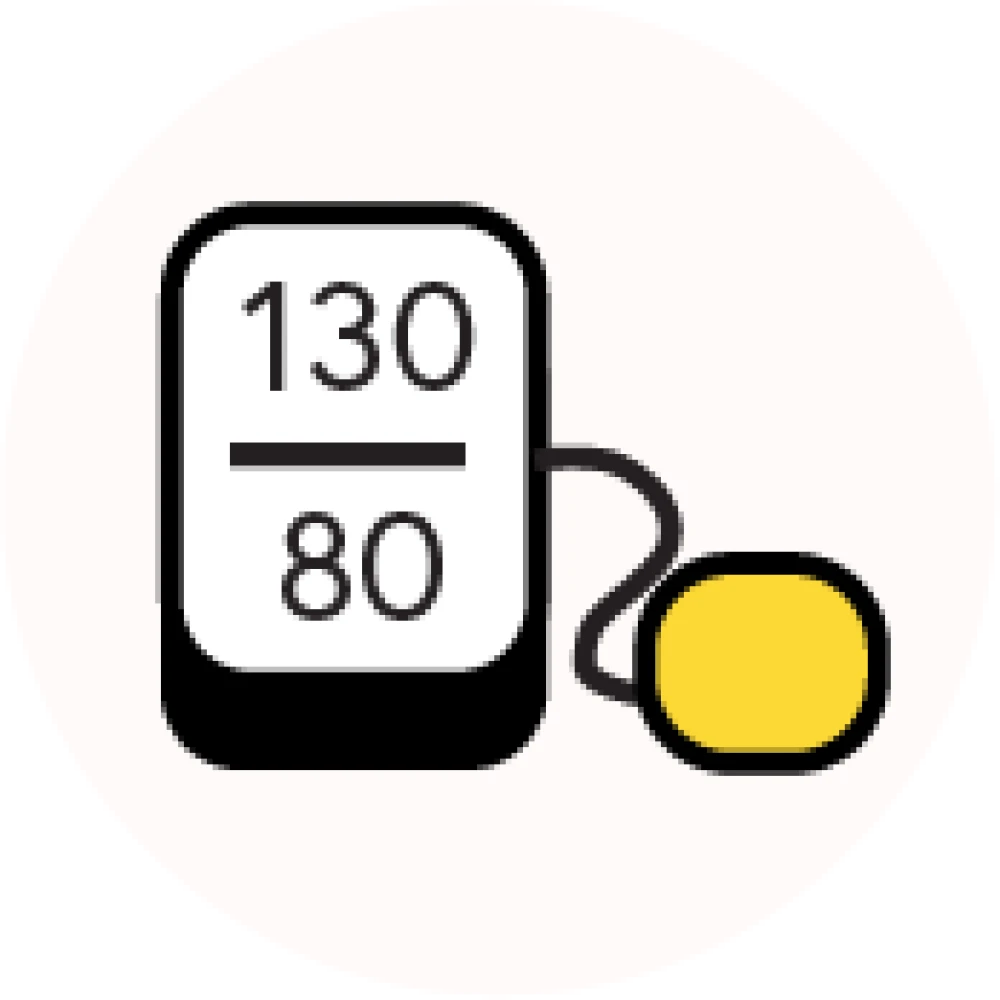
This is the pressure within the blood vessels. High blood pressure increases your risk of stroke. It is very important to monitor your blood pressure regularly after leaving hospital either by using a home monitor or visiting your GP or pharmacy.
Carotid and Vertebral Arteries
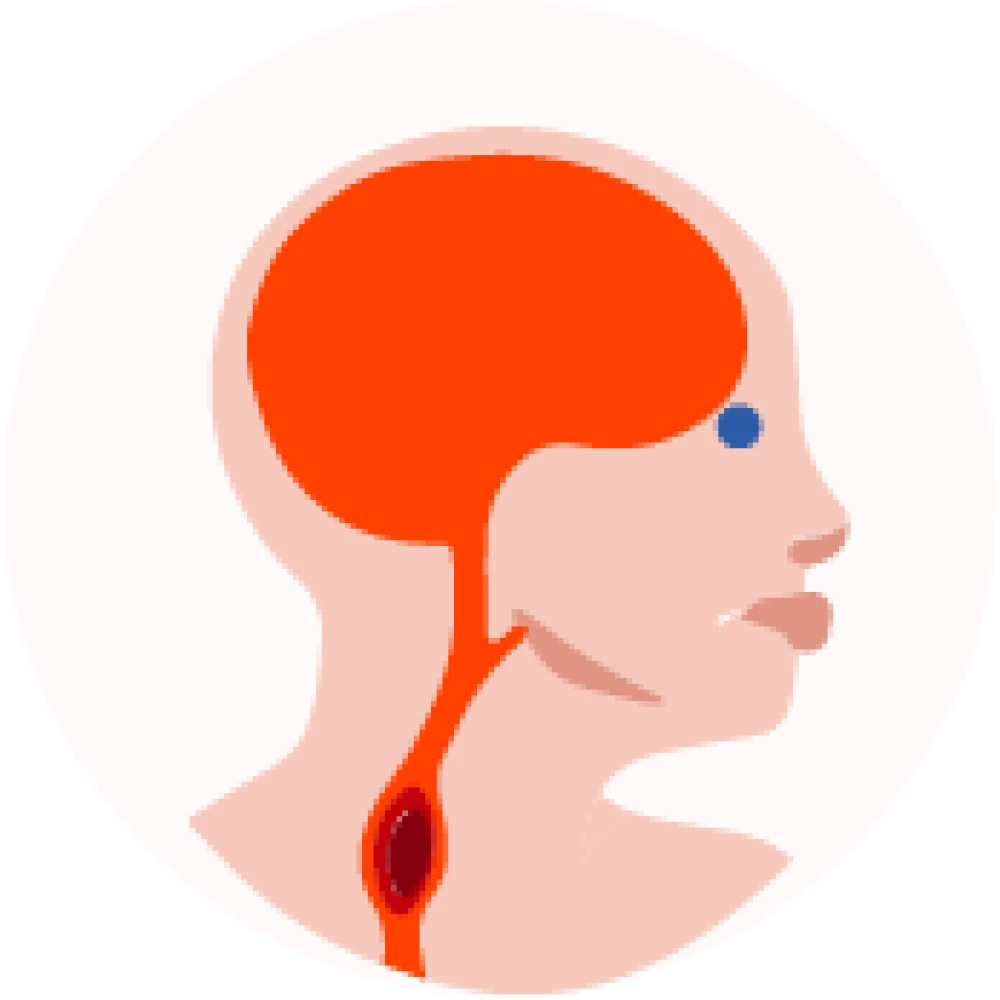
These are the large blood vessels located at the front and back of the neck which supply blood to the brain. If these are narrowed, blocked or torn, the risk of stroke increases.
Carotid Endarterectomy

An operation performed by surgeons to remove any fatty deposits (plaque) causing narrowing in the carotid artery.
Cholesterol
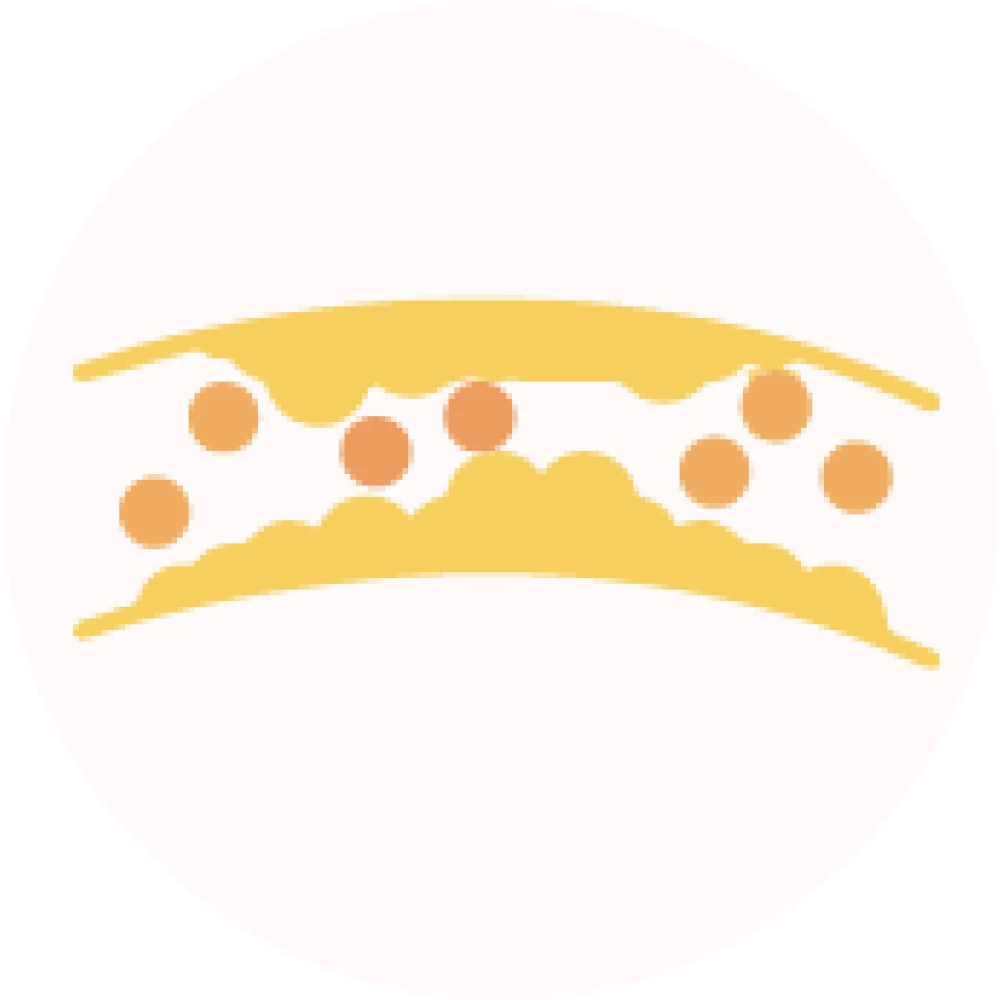
This is a type of fat in your blood. Too much cholesterol increases the build up of plaque in your arteries which can cause strokes. Cholesterol can be lowered by a healthy balanced diet, exercise and medication (for example, statins). You should have your GP check your cholesterol levels 1 - 2 times a year.
Diabetes
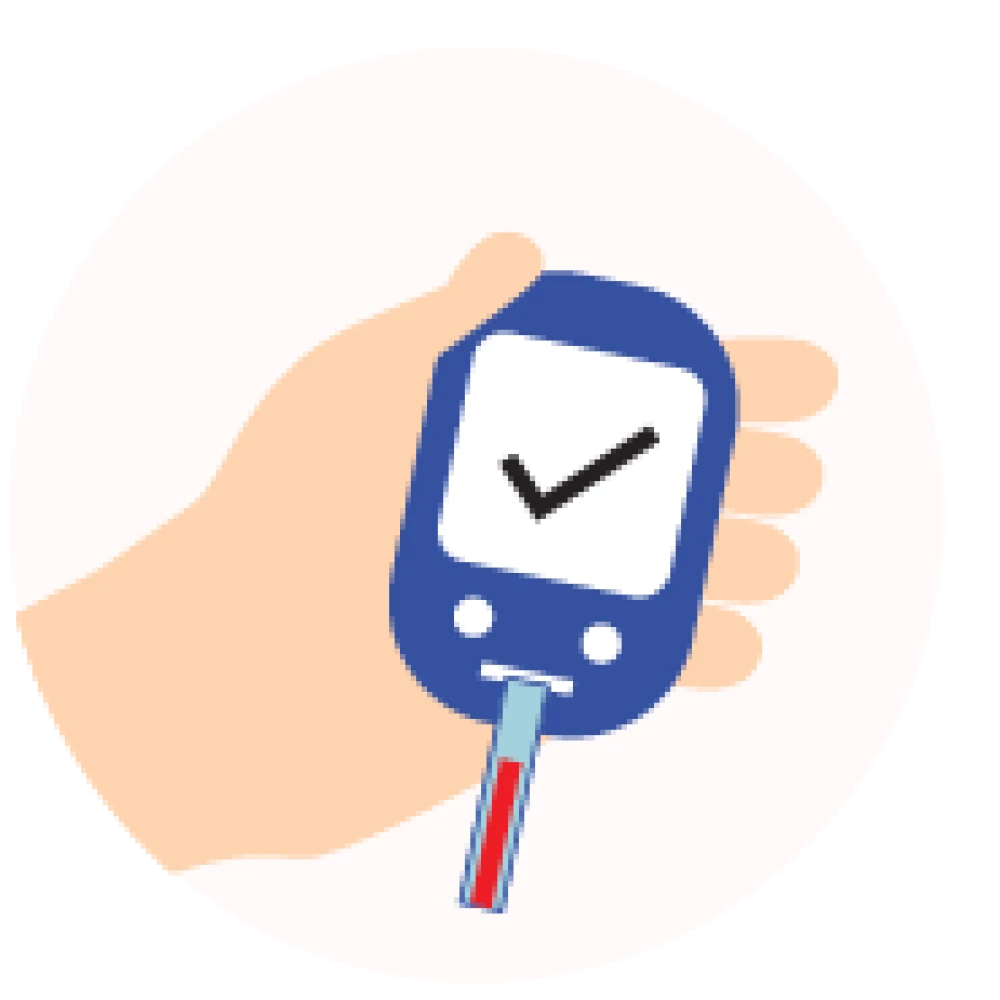
Diabetes is when the blood sugar levels are too high. Blood sugar levels can be controlled by a balanced healthy diet and for some people, taking medication. It is important to monitor your blood sugar levels (also known as HbA1C blood test) as advised by your GP or hospital doctor as people with diabetes are at a higher risk of stroke.
Infarct
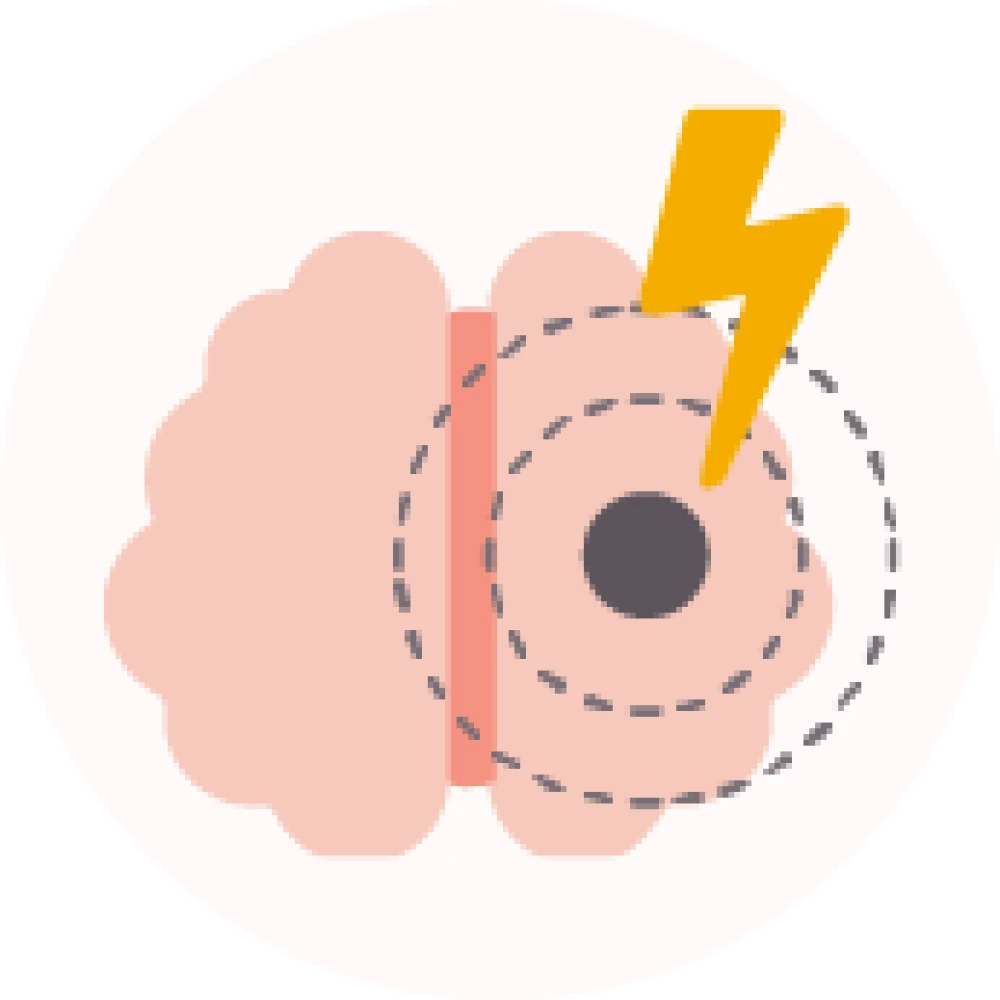
A blood clot is a jelly-like mass that can form in the blood. Clots can block the flow of blood to the brain. An area of damage called an infarct can result if the blood flow is not restored quickly enough.
Neglect or Inattention
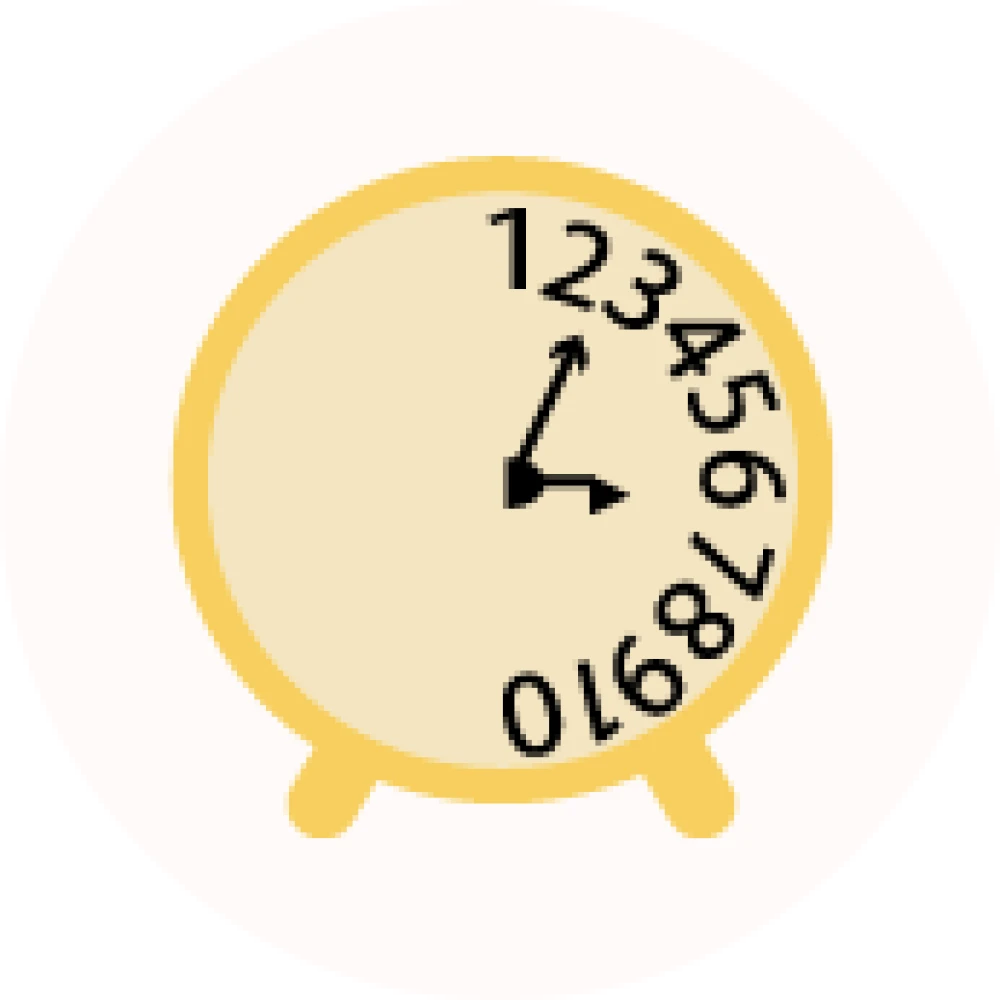
This is when a stroke causes the brain to pay less attention to one side of the body. It can result in reduced awareness of arms, legs or the space around them. An occupational therapist can help you to regain normal attention with brain training exercises.
Thrombectomy
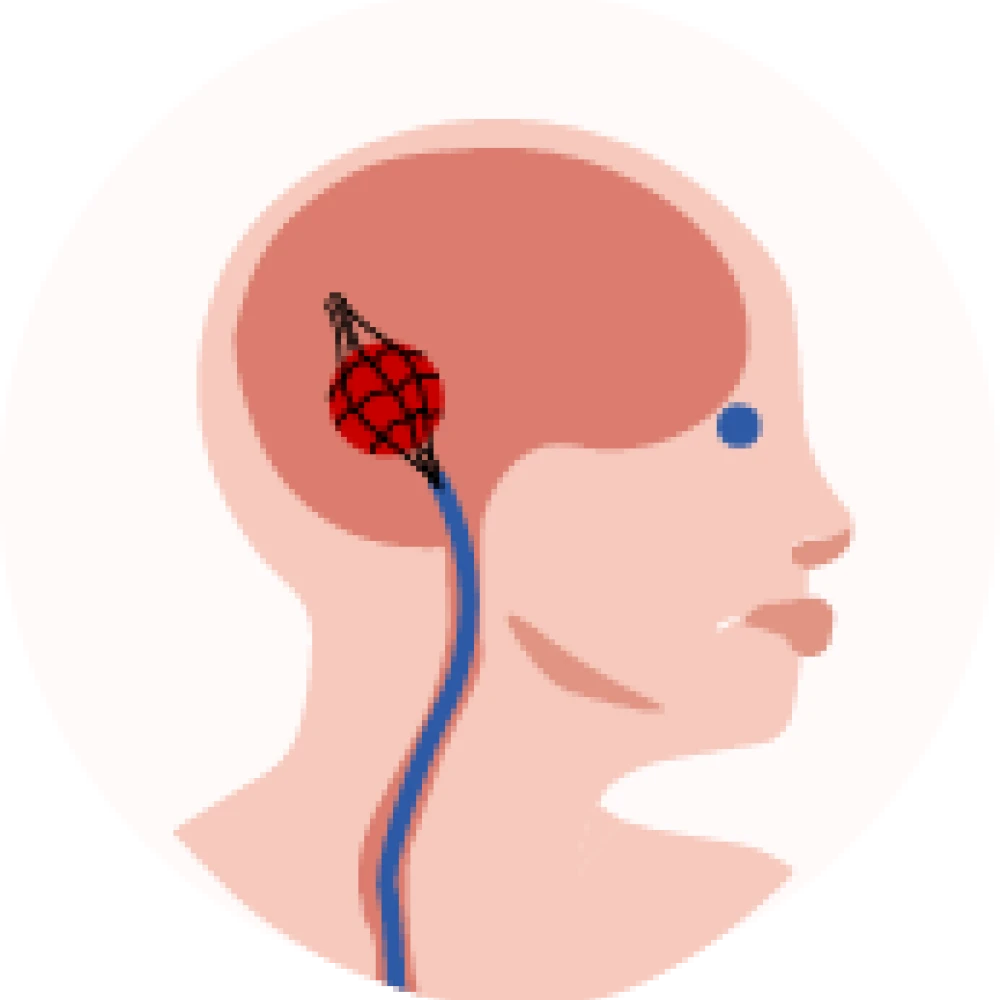
This is a procedure to remove a blood clot from a blood vessel. It can be used for some people who have bigger blood clots. Thrombectomy can remove the clot and help blood flow normally again. This can limit damage to the brain.
Thrombolysis
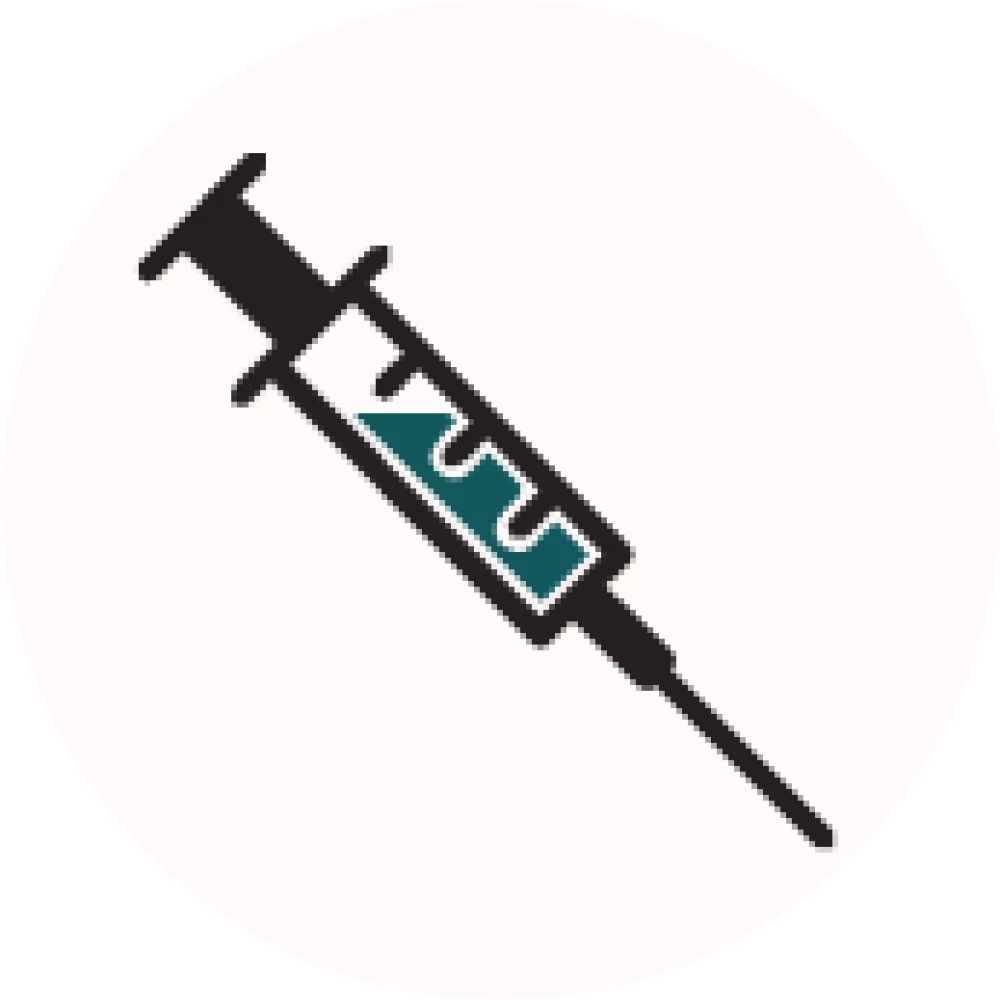
Thrombolysis is a medication that can break down blood clots. It must be given quickly after the stroke symptoms starts to prevent further damage. This drug is not suitable for everyone. Your doctor will help you to decide.